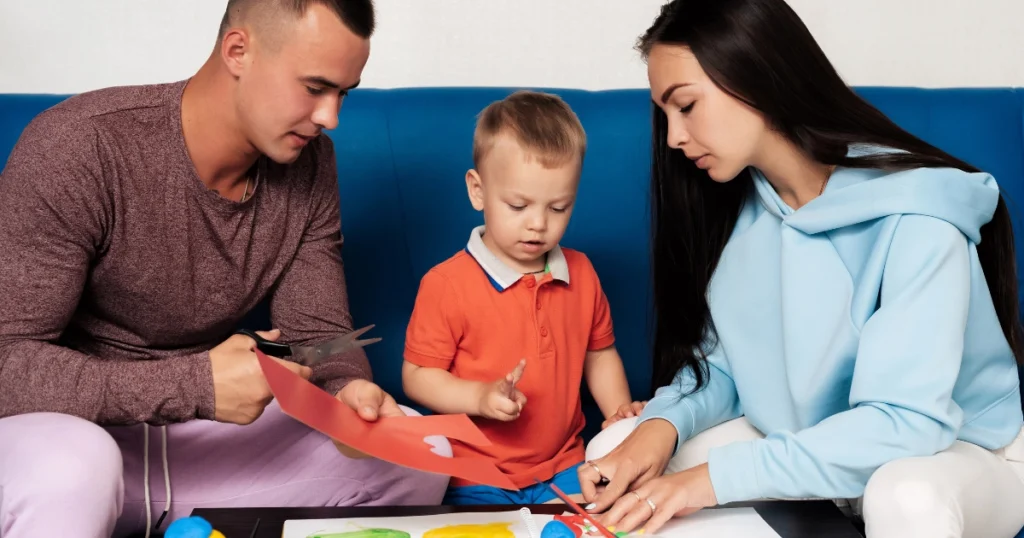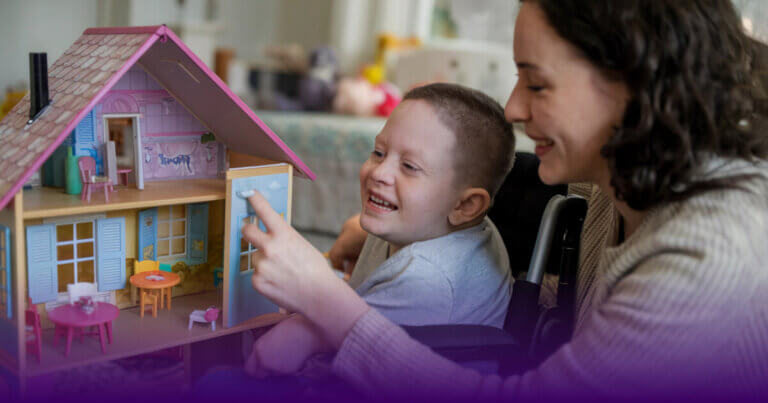Neurodiversity is a term that accepts and celebrates neurological differences as natural variations of the human brain. Understanding these differences for parents of neurodivergent children can open doors to effective support, advocacy, and empowerment. This guide will explore the fundamentals of neurodiversity, the most common neurodivergent conditions like autism and ADHD, and some handy tips for supporting neurodivergent children at home, at school, and in the community.
Understanding Neurodiversity
Key Takeaways:
- Neurodiversity embraces the idea that neurological difference is part of human diversity.
- Conditions such as autism, ADHD, dyslexia, and dyspraxia fall under the neurodivergent umbrella.
- Identifying strengths and challenges can assist parents in rendering more effective support and advocacy.
- Creating a culture of inclusion fosters self-confidence and resilience in neurodivergent children.
What is Neurodiversity?
Neurodiversity is the name given to the natural variations in how human beings think, process information, and interact with the world. Popularized in the 1990s by sociologist Judy Singer, the idea promotes the idea that diseases like autism and ADHD are not pathologies to be “cured” but merely different ways of being.
Neurodivergent vs. Neurotypical
A neurodivergent individual has a non-statistically normal cognitive functioning, and a neurotypical individual has a cognitive pattern considered normal according to society. Both are not superior; they simply are different patterns of thought and action.
Common Neurodivergent Conditions
Autism Spectrum Disorder
Traits:
- Strong focus on specific interests
- Sensory sensitivities
- Challenges with social interactions
- Unique communication styles
Support Strategies:
- Encourage structured routines to provide predictability.
- Use visual aids and clear, direct communication.
- Create a sensory-friendly environment.
Attention-Deficit/Hyperactivity Disorder
Traits:
- Difficulty maintaining focus
- Impulsivity and hyperactivity
- Strong creativity and problem-solving skills
- Need for movement and stimulation
Support Strategies:
- Use timers and visual schedules to aid time management.
- Allow for movement breaks and active learning techniques.
- Foster strengths such as creativity and hyperfocus.
Dyslexia and Dyspraxia
Traits:
- Challenges with reading, writing, and coordination
- Strong visual and creative thinking skills
- Possible struggles with motor skills and spatial awareness
Support Strategies:
- Utilize assistive technology such as audiobooks and speech-to-text tools.
- Break tasks into smaller, manageable steps.
- Provide hands-on, experiential learning opportunities.
How to Support a Neurodivergent Child at Home and School

Creating an Inclusive Home Environment
Key Elements:
- Routine & Structure: Consistency helps neurodivergent children feel safe and secure.
- Sensory-Friendly Spaces: Adjust lighting, sound, and textures to suit their sensory preferences.
- Clear Communication: Use simple, direct language and visual supports.
- Emotional Support: Validate their feelings and teach coping mechanisms.
Navigating the Education System
Key Advocacy Steps:
- Learn about Individualized Education Plans (IEPs) and 504 Plans to ensure school accommodations.
- Communicate with teachers and school counselors about your child’s needs.
- Encourage inclusive education strategies that recognize different learning styles.
Encouraging Emotional Resilience
Practical Strategies:
- Teach self-advocacy: Help children express their needs confidently.
- Model coping skills: Demonstrate deep breathing, mindfulness, and self-regulation techniques.
- Celebrate strengths: Focus on abilities rather than deficits to build confidence.
The Importance of Early Intervention
Early intervention and treatment can work wonders in the lives of neurodivergent children. Speech therapy, occupational therapy, and behavior interventions can be a lifesaver in making them successful. Parents should get the evaluations if they notice differences in development since early intervention is paramount.
Resources for Parents of Neurodivergent Kids
- Books: “The Explosive Child” by Ross Greene, “NeuroTribes” by Steve Silberman
- Organizations: Autism Speaks, CHADD (Children and Adults with Attention-Deficit/Hyperactivity Disorder), Understood.org
- Community Support: Local support groups, parent advocacy groups, and internet forums
Conclusion
Education in neurodiversity is the first step to empowering neurodivergent children to live meaningful lives. By accepting their talents, surmounting barriers, and advocating for them as a parent for integration, a parent can offer a life in which the child succeeds. Every neurodivergent child has his own strengths, and if provided with suitable help, he can grow to his full capacity.
Are you parenting a neurodivergent child? Share your experiences and strategies in the comments! Let’s build a supportive community together.





